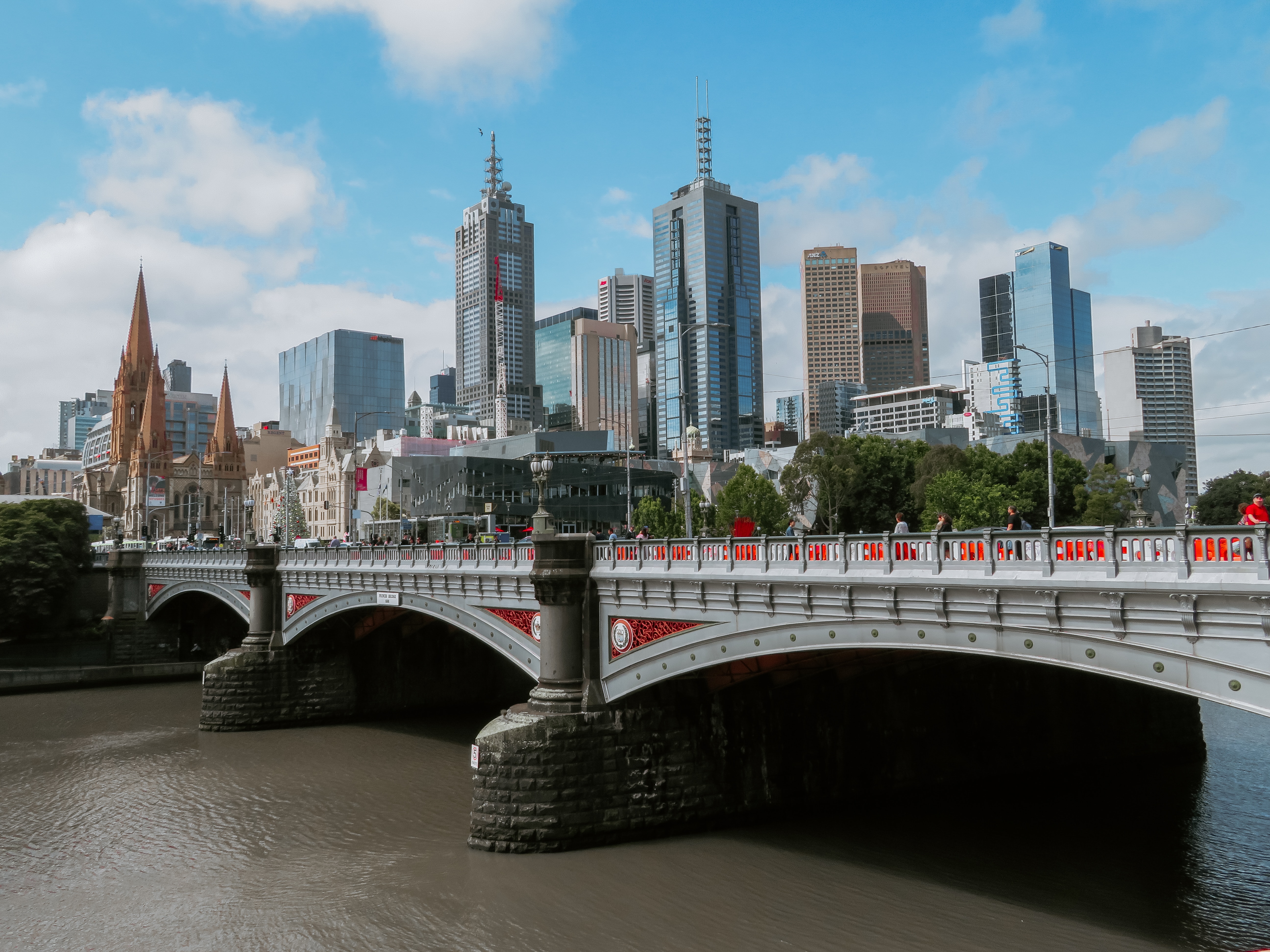Two Australian Cities Among The Top 5 Markets To Watch In The Asia Pacific
November 14 2019PwC and the Urban Land Institute released their annual trends and forecast publication for the real estate industry in 2020. Sydney and Melbourne are among the top five property markets to watch in the Asia Pacific.
1. Singapore (first in investment, second in development) Until recently, Singapore experienced several subpar years. Having absorbed the glut in office supply, sentiment for Singaporean assets has rebounded from its 2017 lows. With vacancies now minimal, confidence has returned. Foreign investors are leading the charge as buying activity surges.
2. Tokyo (second for investment, fourth for development) For years, Tokyo markets have offered some of the best returns in the region. With domestic interest rates remaining at rock-bottom levels, investors continue to flock there, although competition from local buyers means the market is tight.
3. Ho Chi Minh City (third in investment, first in development) Vietnam emerged as the preferred emerging market destination in Asia, with manufacturers migrating to set up factories as an alternative to China. Risk is high, however, and good investment opportunities can be hard to pin down.
4. Sydney (fourth in investment, third in development) A long-time favourite that continues to deliver. Sydney offers a liquid, stable, high-return market with low vacancies and good prospects for growth going forward. Depressed valuation of the Australian dollar only adds to the appeal.
5. Melbourne (fifth in investment, fifth in development) Melbourne continues to be popular with investors for the same reasons as Sydney. Office assets are a little more than half the price, though, giving the city particular appeal for Asian buyers with an eye for long term capital appreciation.
Notable market trends and sentiments
The office sector remains the most popular asset class, although business models in the fastest-growing component of that sector—flexible workspace—are increasingly being called into question.
The industrial and logistics space is still the sector most often tipped for outperformance. While the Asia Pacific region is still undersupplied with modern logistics space, more investors are now seeking excess returns in subsectors of that market, such as cold storage or last-mile warehouses.
There is a growing perception that the retail sector in Asia has been oversold, with too many good assets penalised due to problems surfacing elsewhere in the world.
Landlords have come around to the view that incorporating sustainable features into their buildings will allow them both to cut running costs and increase rents as tenants become more willing to pay for space that acts as a magnet for talented staff.
Capital flow within the Asia Pacific was up 23% year-on-year while the US and Europe is experiencing a decreasing trend. This reflects the huge volume of capital held by regional institutions and sovereign funds that is outgrowing the capacity of domestic markets to absorb.
Source: https://www.pwc.com/sg/en/publications/aprealestemerging.html
PricewaterhouseCoopers. (2019, November). Emerging Trends in Real Estate® Asia Pacific 2020. Retrieved from https://www.pwc.com/sg/en/publications/aprealestemerging.html
